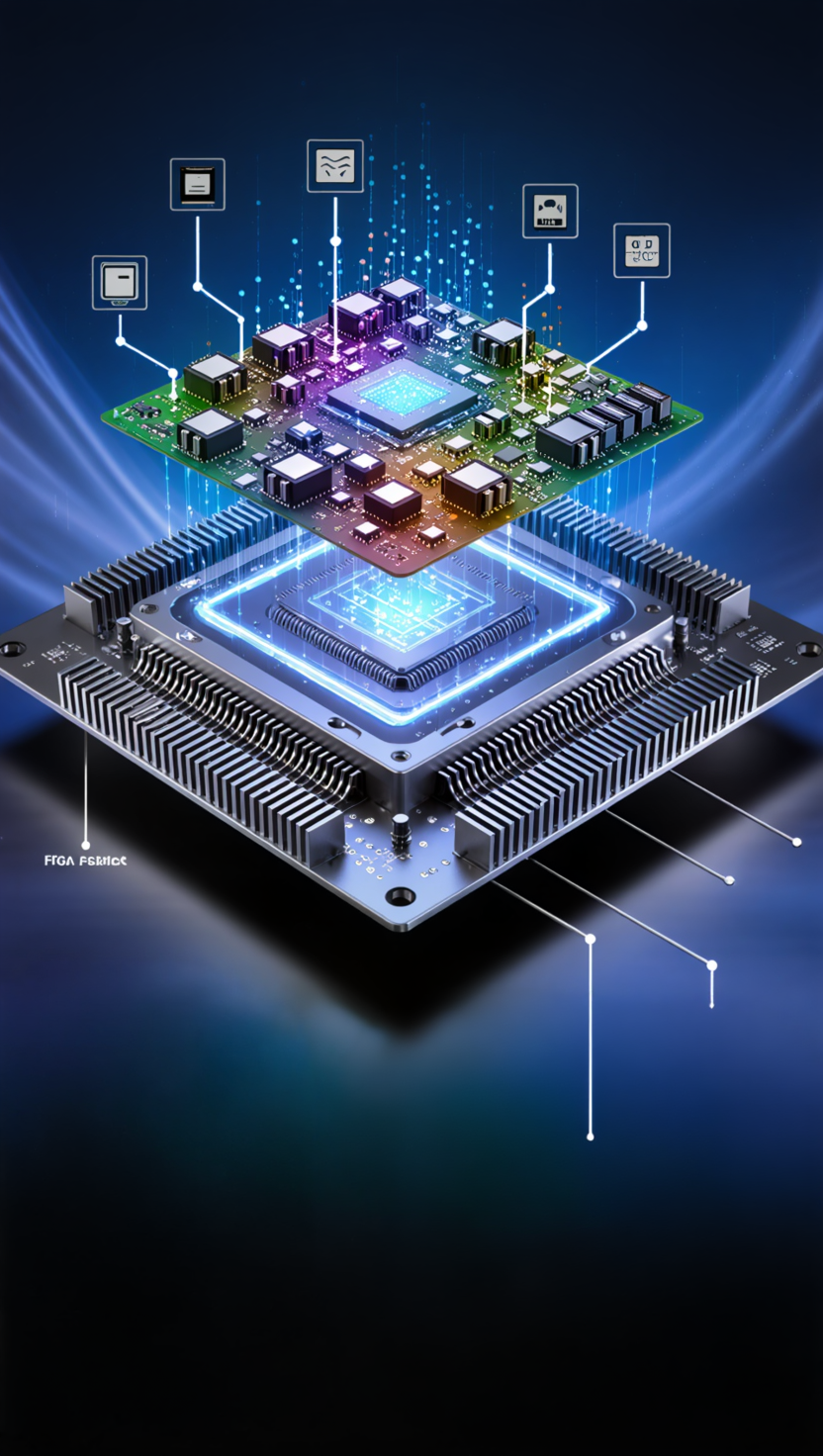Series: How to Choose an FPGA Chip - Part 1.3: Power Consumption and Efficiency Trade-offs — Balancing Performance with Energy
2025-09-28 10:57:12 1182
In FPGA design, power consumption is as critical as performance. Engineers must optimize thermal design and battery life, while managers must account for energy efficiency, BOM costs, and long-term system reliability. Power trade-offs vary dramatically between low-power IoT devices and high-performance AI or video processing systems.
1. Low-Power Scenarios (Battery-Powered, IoT, Wearables)
- Engineer’s View: Power budgets in IoT and wearable devices often fall below 100 mW. FPGAs like Lattice iCE40 or CrossLink-NX excel with ultra-low static power and instant-on features. Dynamic power can be minimized with clock gating and reduced voltage operation.
• Manager’s View: Ultra-low-power devices reduce BOM for cooling and extend battery life. However, consumer-grade parts may have shorter lifecycles (3–5 years). Volume pricing is attractive (<$5–$10), but supply stability must be monitored.
2. High-Power-Density Scenarios (AI, Video Processing, Data Centers)
- Engineer’s View: High-performance FPGAs for AI training or 8K video transcoding may consume 30–50 W+. Designers must address thermal constraints with advanced cooling (heat sinks, liquid cooling). Power efficiency (GOPS/Watt) becomes the key performance metric.
• Manager’s View: Higher power increases system-level costs (cooling infrastructure, energy bills). Data center operators weigh FPGA acceleration against GPUs/ASICs, factoring energy efficiency. ASP ranges from $500–$2000+ per device, with high OPEX implications.
Comparative Table: FPGA Power Profiles Across Applications
|
Application Scenario |
Power Range |
FPGA Examples |
Engineer’s Priority |
Manager’s Concern |
|
IoT / Wearables |
<100 mW |
Lattice iCE40, CrossLink-NX |
Ultra-low static power, instant-on |
Short lifecycle risk, volume pricing |
|
Industrial Control |
0.5–5 W |
Xilinx Artix-7, Intel Cyclone 10 |
Deterministic performance, efficiency balance |
Stable lifecycle, $20–$100 ASP |
|
Data Center / AI |
30–50 W+ |
Xilinx Virtex UltraScale+, Intel Agilex |
Throughput per Watt, cooling design |
High ASP, energy & cooling cost |
Case Studies
Case Study 1: IoT Wearable with Ultra-Low Power FPGA
Challenge: A fitness tracker required multiple sensor interfaces with strict battery life requirements.
Solution: Lattice iCE40 UltraPlus (<50 mW active, near-zero standby).
Result: Extended battery life by 2× while supporting multiple I²C/SPI channels.
Manager’s Perspective: <$5 ASP, but lifecycle tied to consumer product timelines.
Case Study 2: Industrial Control System
Challenge: A factory automation system required reliable FPGA operation across wide temperature ranges with manageable power.
Solution: Intel Cyclone 10 (~2 W typical).
Result: Balanced power efficiency with deterministic control performance.
Manager’s Perspective: ~$50 ASP, 15-year lifecycle guarantee for industrial markets.
Case Study 3: Data Center AI Accelerator
Challenge: A cloud provider deployed FPGA-based inference for NLP models.
Solution: AMD/Xilinx Virtex UltraScale+ consuming ~40 W with HBM integration.
Result: Delivered 3× performance-per-Watt improvement vs. GPU baseline.
Manager’s Perspective: ~$1500 ASP, higher cooling OPEX, but long-term TCO reduction.
Conclusion
Power consumption and efficiency trade-offs directly influence FPGA suitability. Low-power devices enable IoT and wearables, mid-power devices sustain industrial and automotive control, while high-power devices drive AI and data center acceleration. Engineers must optimize design for efficiency, while managers must weigh system-level cost implications. Balancing these perspectives ensures performance targets are met without overshooting energy budgets or BOM constraints.






